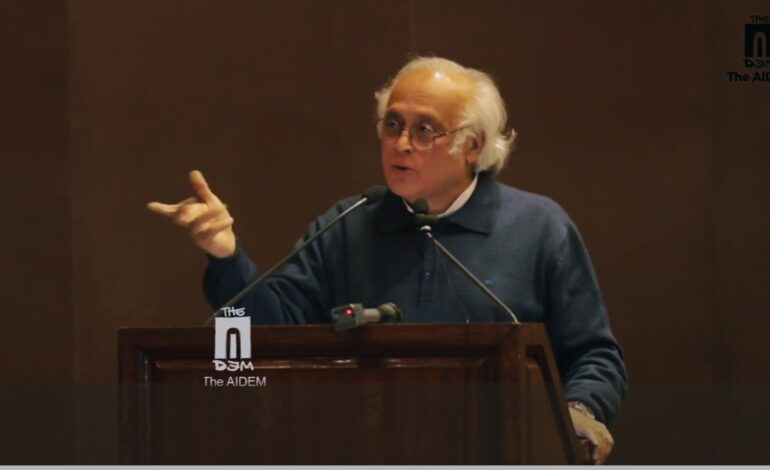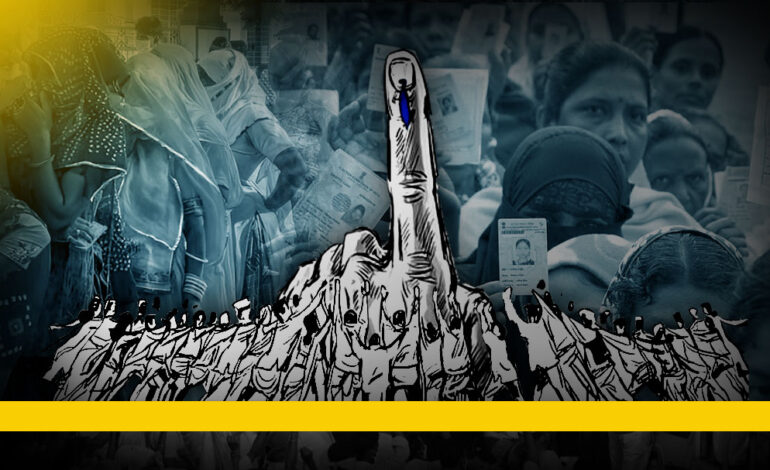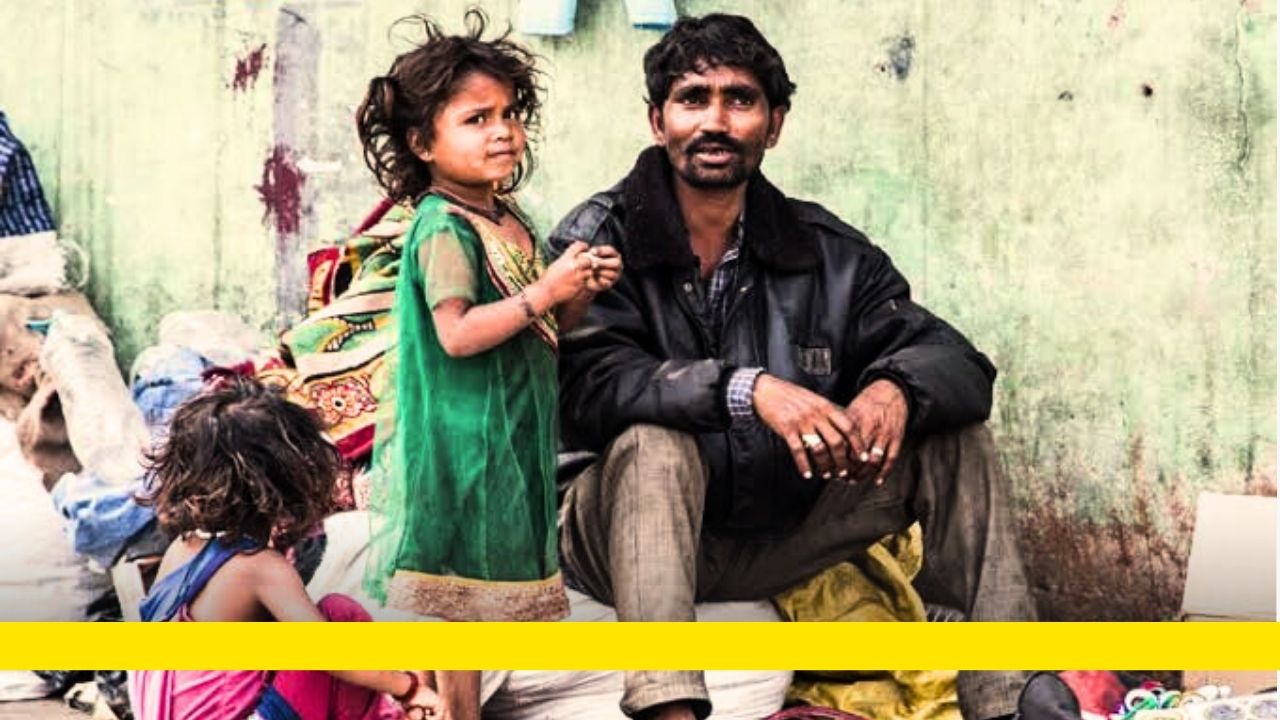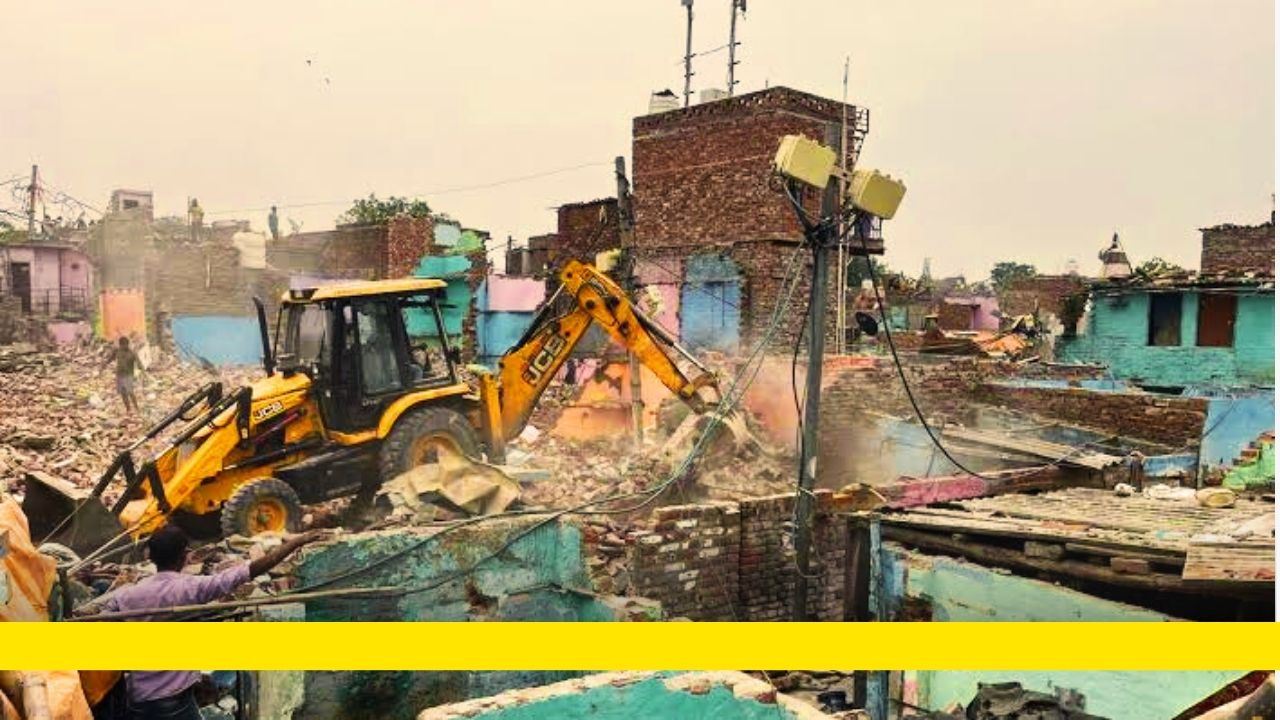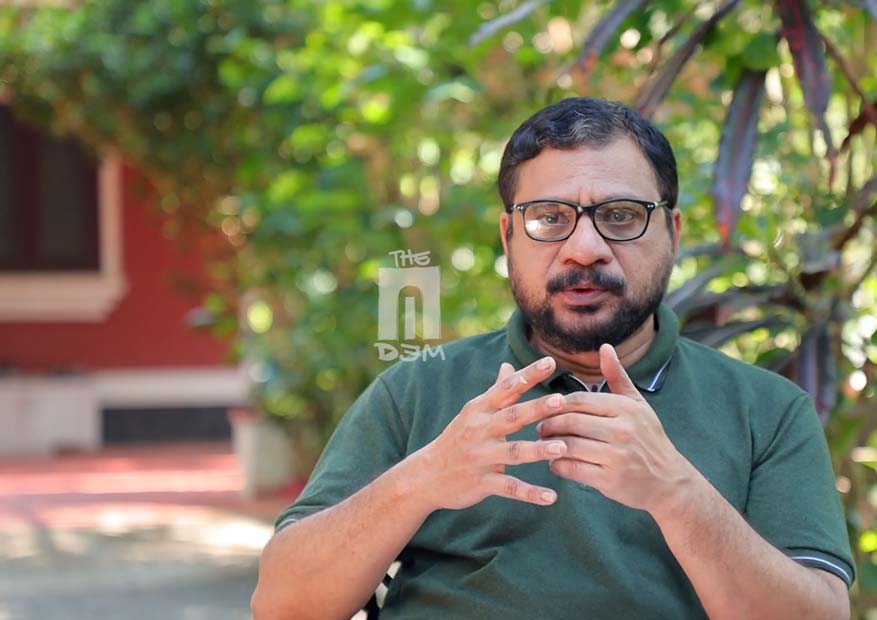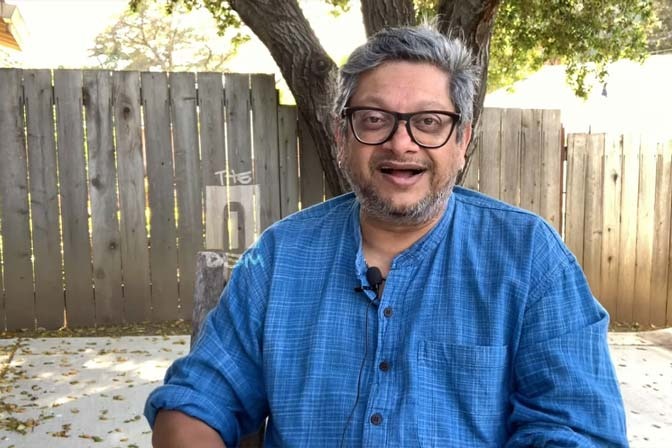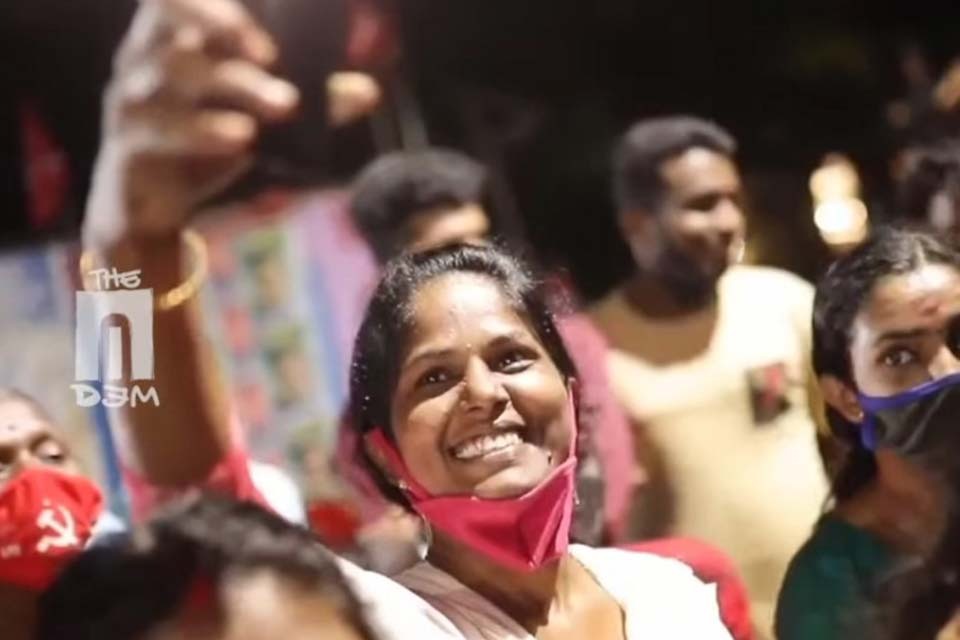Nitish vs. Tejashwi: Bihar’s Defining Political Battle
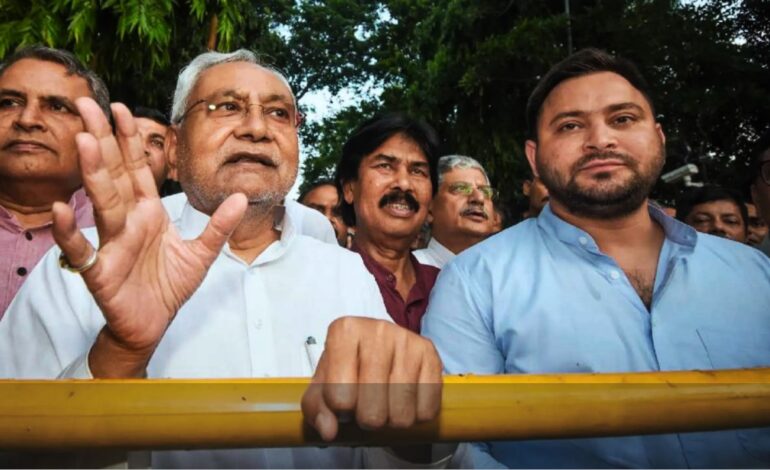
Senior Journalist and author Nalin Verma’s fortnightly column in The AIDEM titled ‘Everything Under The Sun’ continues. This is the fifth article in the column.
“The physician should not treat the disease but the patient who is suffering from it.”
Nietzsche’s insight finds a new resonance in Bihar’s political landscape, where Tejashwi Yadav is confronted with a defining challenge. His call for Yadavs to abandon feudal tendencies and embrace socialism is not just a plea—it’s a quiet yet powerful shift. Tejashwi, the son of a political giant, understands that reclaiming power means more than relying on old alliances; it demands mending deep societal fractures.
In urging the Yadav community to be more inclusive of the Extremely Backward Classes, Tejashwi signals a departure from dominance to shared leadership. His vision seeks to realign Bihar’s political foundation on equality and justice. But can a community long accustomed to its position of power truly evolve?
As Tejashwi tours Bihar, his challenge is clear: transforming the Yadavs from a symbol of strength to a force of unity. The question now is whether this new prescription will cure Bihar’s fractured politics—or crumble under its own ambition? The 2025 election showdown shall reveal.
Tejashwi Yadav stated, “The Yadavs should not act samanti [feudal] but Samajwadi [Socialist]. I belong to the Yadav society, which has accepted leaders like Choudhary Charan Singh, Karpoori Thakur, Dr. Ram Manohar Lohia, and Jayaprakash Narayan. Therefore, the Yadavs should be accommodating and protective of the extremely backward and marginalized communities.”
This statement, made by the young Leader of the Opposition in the Bihar Assembly during a meeting commemorating Socialist icon Karpoori Thakur’s death anniversary, signals a significant political evolution for the 34-year-old. It reflects his understanding of why the Rashtriya Janata Dal (RJD), despite representing Bihar’s largest social base, has struggled to reclaim power.
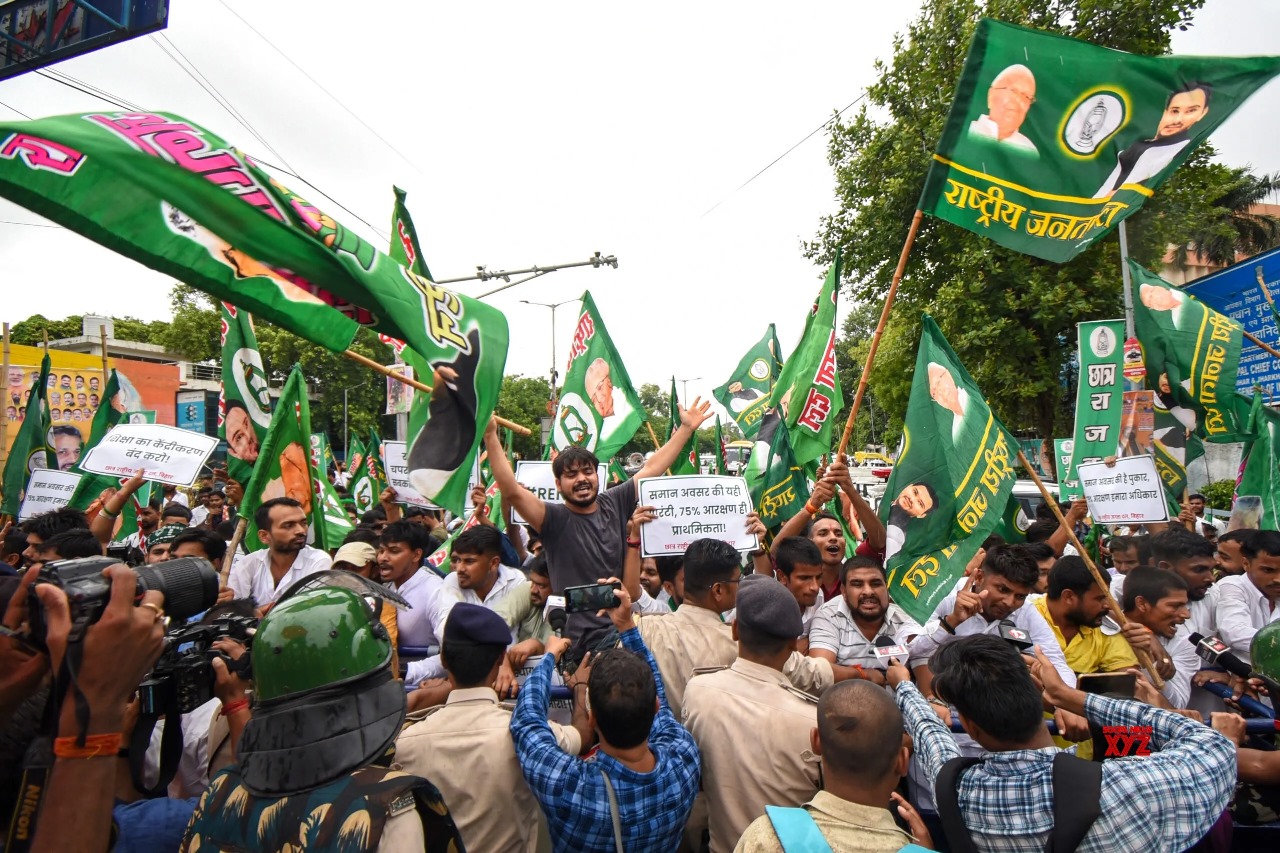
The Yadavs, constituting nearly 15% of Bihar’s electorate, are the single largest Hindu caste in the state. Meanwhile, Muslims—who have consistently faced political marginalization from the Sangh Parivar—see the RJD as the strongest opposition to the BJP. This has forged a long-standing Muslim-Yadav (M-Y) electoral alliance, which accounts for around 32% of the vote and has backed the RJD for over three decades.
However, this support alone has proven insufficient against Nitish Kumar’s alliance with the BJP. Nitish’s strategy of ‘social engineering’—providing preferential treatment to the Extremely Backward Classes (EBCs), who make up 36% of the electorate, in jobs and local governance—has successfully fractured the broader ‘Social Justice’ coalition once championed by the RJD.
By urging Yadavs to be more inclusive toward EBCs, Tejashwi Yadav has called upon his community to introspect. As the son of Lalu Prasad Yadav, a pioneer of social justice and secularism, he has effectively prescribed “accommodation and large-heartedness” as the remedy to win back the EBCs—who once unconditionally supported his father, even bestowing upon him the title of “messiah of the poor.”
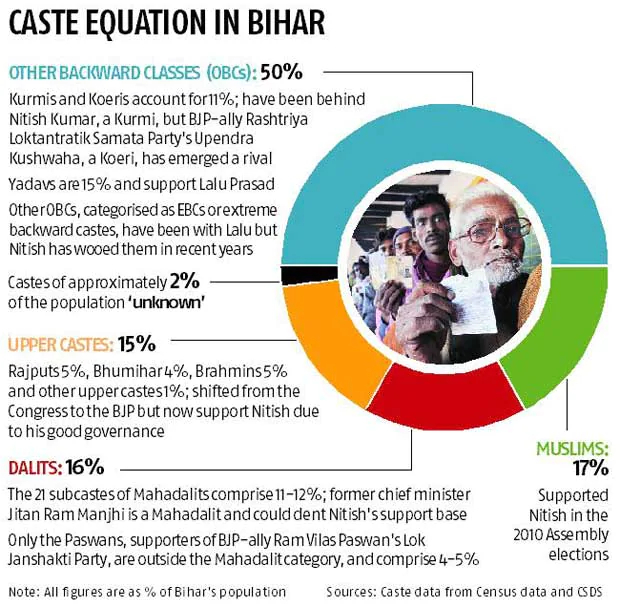
The caste hierarchy entrenched in Hindu society has historically fostered internal divisions. With the gradual erosion of Brahmanical dominance due to backward class and Dalit movements across India, power dynamics have shifted. Over time, relatively well-off backward castes have risen to prominence.
For instance, the Jats in Haryana and Uttar Pradesh asserted dominance over other backward groups following the rise of Devi Lal and Choudhary Charan Singh. Similarly, in Maharashtra, the Marathas positioned themselves above others with Sharad Pawar’s ascent, while in Karnataka, the Vokkaligas gained political supremacy through H.D. Deve Gowda and his son.
Tejashwi Yadav’s call for a more inclusive approach signals his awareness that merely holding the largest vote bank is not enough; real power lies in forging broader alliances within the framework of social justice.
Likewise, with the rise of Mulayam Singh Yadav in Uttar Pradesh and Lalu Prasad Yadav in Bihar, the Yadavs in both states developed a sense of superiority. In Bihar, while the Yadavs remain the backbone of the RJD, they also represent its biggest weakness. Tejashwi Yadav, a keen observer and fast learner in politics, has recognized this flaw. As he aptly put it, “Hamar-e Yadav bhai samanti nahin ban-e, samajwadi ban-e” [My caste-brethren should shun feudal tendencies and embrace socialism, which stands for equality and justice].
The Right Prescription
Can Tejashwi curb the insatiable hunger for power that the Yadavs cultivated during the 15-year Lalu-Rabri regime before Nitish Kumar emerged? Can he rein in the ambitious Yadav leaders who often challenge the party’s candidates and create internal rebellions in various local strongholds?
Tejashwi’s call for change aligns with Nietzsche’s observation: “The physician should not treat the disease but the patient who is suffering from it.” However, as John Maynard Keynes pointed out, “The difficulty lies not so much in developing new ideas as in escaping from old ones.” Clearly, for Tejashwi, reforming his community’s political instincts will require more than just rhetoric—it will demand strategic tact, sharper political acumen, and greater dexterity in leadership.
The Right Time
With Nitish Kumar seemingly losing his grip on governance—whether due to suspected mental health issues or the BJP’s growing influence over him—his EBC (Extremely Backward Class) support base is growing restless. Like the Yadavs, Nitish’s own caste, the Kurmis, are far smaller in number but hold considerable influence, particularly in Nalanda and parts of the Magadh region. Over two decades of Nitish’s rule, the Kurmis have emerged as a “privileged” caste, often referred to in Bihar’s political circles as sarkari jaati (the government-favored caste). To maintain their status even in a post-Nitish era, they may be tempted to align with the BJP, competing with the Yadavs for dominance.
At the same time, in a BJP-dominated future, EBCs may find themselves increasingly vulnerable under the Sangh Parivar’s leadership—an ideology deeply rooted in Manusmriti and Brahmanical traditions. Sensing this shift, Tejashwi has proactively urged his fellow Yadavs to move away from feudal attitudes and embrace a more inclusive socialist approach.
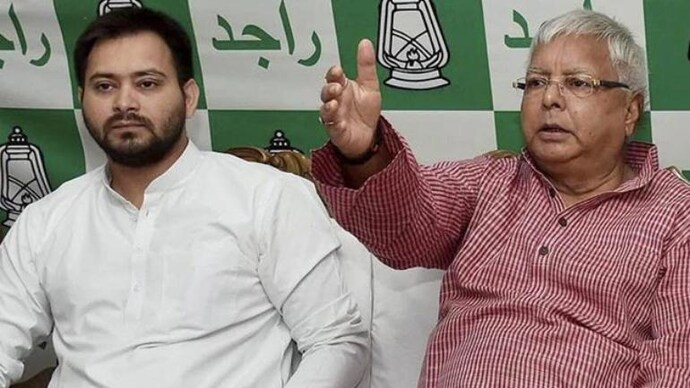
Both Tejashwi and his father, Lalu Prasad Yadav—a natural leader of the underprivileged—understand that non-Kurmi EBC groups, particularly the Panchpaniya, Kevats, Nishads, Gonds, Bhars, Kahars, Kumhars, Hajams, Nonias, Dhunias, Jolahas, Dhobis, and other marginalized castes, have few alternatives. Before Nitish’s rise, they found a home in the RJD, which championed their cause. Tejashwi reinforced this sentiment during Karpoori Thakur’s anniversary event, reminding the audience: “Lalu ji used to say that the Yadavs are the engine, and the other marginalized castes are the bogies. It is the duty of the engine to carry the bogies safely and smoothly to their destination.”
Tejashwi’s challenge now is to ensure that the engine does not derail.
Even with the elections still 10 months away, Bihar is already in poll mode. Nitish Kumar and Tejashwi Yadav are relentlessly touring the state, rallying their cadres and supporters. Meanwhile, Prashant Kishor’s Jan Suraj Party is actively positioning itself as a potential third force.
While it’s too early to predict the eventual winner, one thing seems clear—Nitish Kumar appears to be in the final stretch of his long political career. The 2025 elections could mark the end of his era and trigger a significant political realignment.
Will Tejashwi Yadav emerge as the biggest beneficiary of this shift? That answer will unfold when the results are declared in November 2025.


